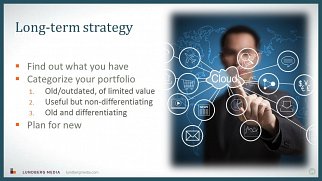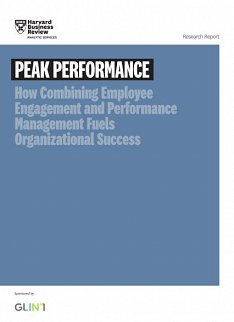Posts from: 2016
Blog Post

It is becoming increasingly common to hear CIOs say that any new applications their enterprises adopt should be cloud-based, with SaaS as the first option (will an existing service fill your needs?), and with custom-developed applications written to be cloud native. But what about the many legacy systems already running in your organization? After you've done an initial triage (see my previous post), large enterprises are left with significant portfolios of important and value-adding systems. According to a Computerworld interview with Stephen Orban, head of enterprise strategy at Amazon Web Services (AWS), "now that major enterprises have gotten their feet wet with smaller cloud projects, they're beginning to focus on migrating large, critical legacy workloads."
So here's my take on how to approach this.
Blog Post

Organizations often fall into new technologies haphazardly. Different groups discover new ways of working that better meet their needs, and they go for it. Eventually, CIOs find themselves with something of a jumble to manage.
Cloud is a particularly extreme example of this, as cloud services can be quite easy to sign onto. There are certainly categories of cloud services that CIOs don't need to control -- things that are opportunistic, department-specific and that don't need to link into core systems or data. As long as the acquiring business people understand and abide by some basic guidelines (mainly having to do with security), let a thousand flowers bloom.
However, when an organization starts to look to cloud for its enterprise IT needs, that's a very different story.
Blog Post

I had the pleasure of interviewing Apple co-founder Steve Wozniak onstage at the recent FISConnect conference. He told the audience of 1300 financial services leaders that every company today needs a chief disruption officer -- someone with a personal passion for a new way of doing things -- and that person should not report to the CEO.
Blog Post

Software-defined everything is a hot topic these days -- first and foremost because the pace of change in business is accelerating, and this is changing expectations for how IT operates. I've been hosting a lot of CIO roundtables and dinners on this topic, and I hear a growing consensus that if IT organizations don't figure out how to compete with nimble cloud providers to provide IT services on-demand, they will be outsourced. "IT has to virtualize and automate or die," one IT leader said.
While many CIOs see a "service broker" role in their future, a VP of IT from a global technology manufacturer actually predicts the dissolution of IT altogether. He believes that all of the functions that are part of IT today will be pushed out into engineering, or product development, and all that will remain in IT is governance. A year ago, that statement would have been immediately shot down. Not today ...




